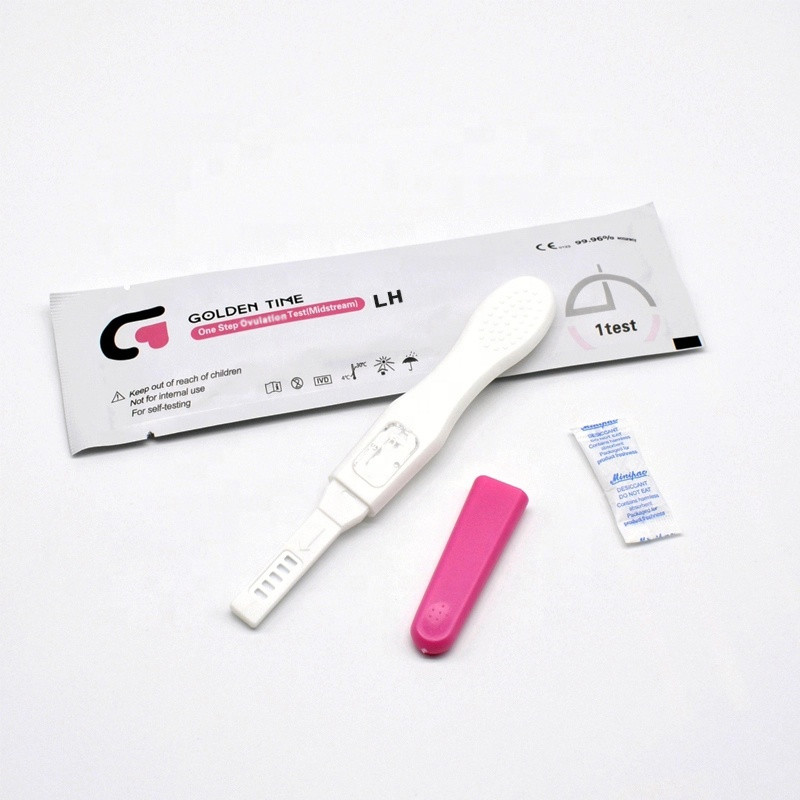نوفمبر . 27, 2024 08:59 Back to list
A Study on Dengue Infection and Its Impact on Public Health
Understanding the Test for Dengue A Comprehensive Overview
Dengue fever is a mosquito-borne viral infection that poses a significant health risk in many tropical and subtropical regions around the globe. Caused by the dengue virus, which belongs to the Flavivirus genus and is primarily transmitted by the Aedes aegypti mosquito, dengue can lead to severe flu-like symptoms and, in some cases, develop into more serious complications such as dengue hemorrhagic fever and dengue shock syndrome. Given its high prevalence and potential severity, early diagnosis and testing for dengue are crucial steps towards effective management and treatment of the disease.
The Importance of Dengue Testing
As the incidence of dengue continues to rise, especially in areas where the virus is endemic, timely diagnosis through proper testing becomes paramount. Early detection of dengue allows for prompt medical intervention, helps prevent the progression of the disease, and reduces the risk of widespread outbreaks. Moreover, the symptoms of dengue can often mimic those of other diseases such as influenza and chikungunya, making accurate testing essential for differentiated diagnosis.
Types of Dengue Tests
There are several diagnostic tests available for dengue, broadly categorized into two groups laboratory tests and rapid diagnostic tests (RDTs).
1. Laboratory Tests - Serological Tests These tests detect antibodies produced in response to the dengue virus. The antibodies, IgM and IgG, can indicate recent or past infections. IgM antibodies typically rise shortly after the onset of infection and can be detected within a few days, indicating acute infection. - Polymerase Chain Reaction (PCR) Tests PCR tests are highly sensitive and can detect the viral RNA in the bloodstream during the early stages of infection. This test is particularly useful for confirming a diagnosis within the first week of illness, when the viral load is typically highest.
test dengue

2. Rapid Diagnostic Tests (RDTs) RDTs offer quick results, often within 15-20 minutes, and can be a practical tool in resource-limited settings. These tests usually work by detecting either antibodies in the patient’s blood or the dengue virus itself. While they provide rapid feedback, they may not be as reliable as laboratory tests, especially during the early stages of infection.
Testing Protocols
The World Health Organization (WHO) recommends specific testing protocols for accurate diagnosis. For patients showing clinical signs of dengue, health care providers are encouraged to collect blood samples for serological testing and consider PCR testing when appropriate. It is essential for clinicians to recognize the diagnostic window, as testing conducted too early may yield false negatives due to insufficient antibody production or viral load.
Advancements and Challenges in Dengue Testing
In recent years, advancements in technology have allowed for the development of more sophisticated testing methodologies, including multiplex assays that can test for multiple infections simultaneously. However, challenges remain. The variability in dengue’s clinical presentation and the overlapping symptoms with other diseases complicate the diagnostic process. Moreover, in regions with limited healthcare resources, access to advanced testing facilities can be a significant barrier.
Conclusion
Effective management of dengue fever hinges on timely and accurate diagnosis through appropriate testing. With the ongoing global burden of dengue, enhancing testing capabilities and access remains a public health priority. Continued research into new diagnostic methods and improved understanding of the virus will aid in combating dengue infections and ultimately reduce morbidity and mortality associated with this formidable disease. Public awareness and education about the importance of testing can help foster a more informed community, promoting preventive measures against this viral threat. Through collaborative efforts involving healthcare providers, researchers, and public health organizations, we can build a stronger framework for dengue management and control.
-
Highly Accurate hCG Pregnancy Test Strips - 5 Min Results
NewsAug.02,2025
-
Premium Empty ABS Plastic Cassettes: Durable & Lightweight Storage
NewsAug.01,2025
-
Accurate Cocaine (Coc) Rapid Test Kit | Fast & Reliable Detection
NewsJul.31,2025
-
Accurate HCG Pregnancy Test Strips | Fast Home Use Kit
NewsJul.31,2025
-
Reliable Early Pregnancy Test Kit Supplier - Multi Plastic Cassette Options
NewsJul.30,2025
-
Transferrin Rapid Test Cassette – Reliable Tumor Marker Detection
NewsJul.29,2025

